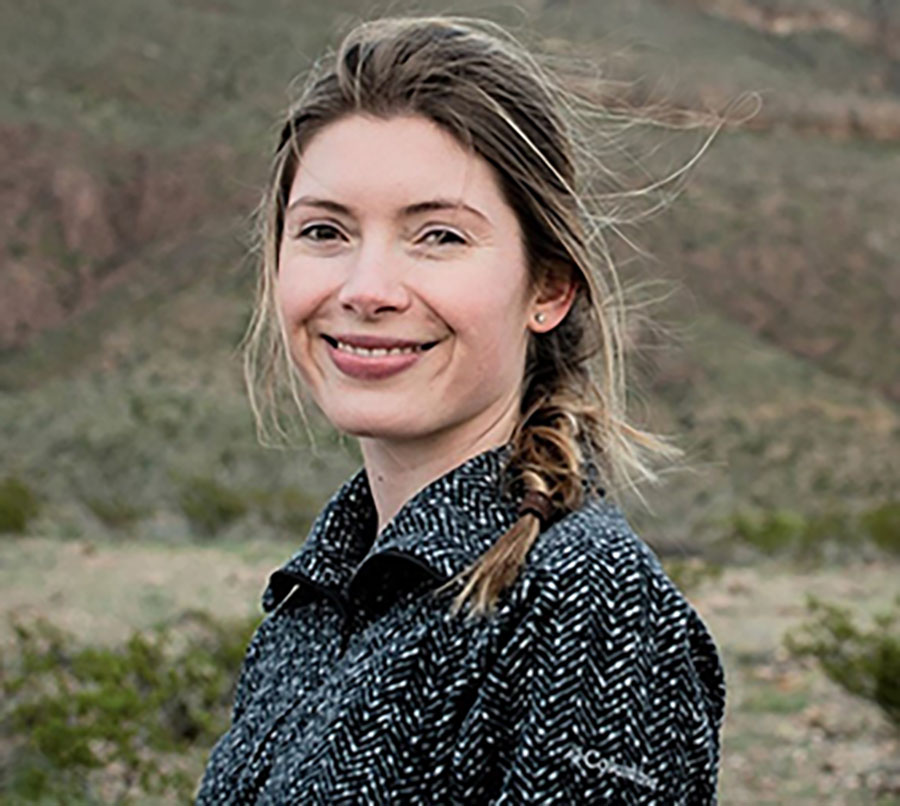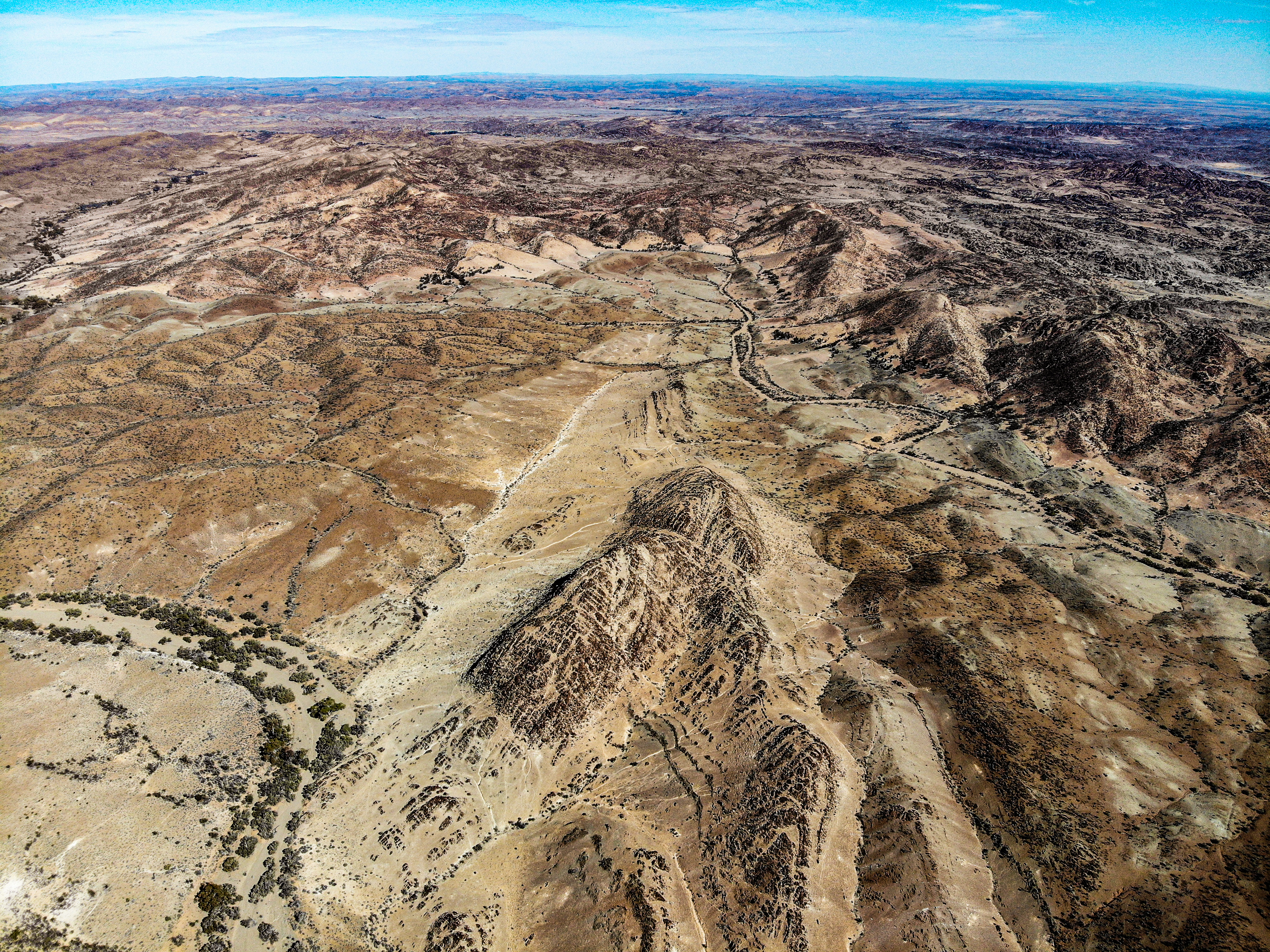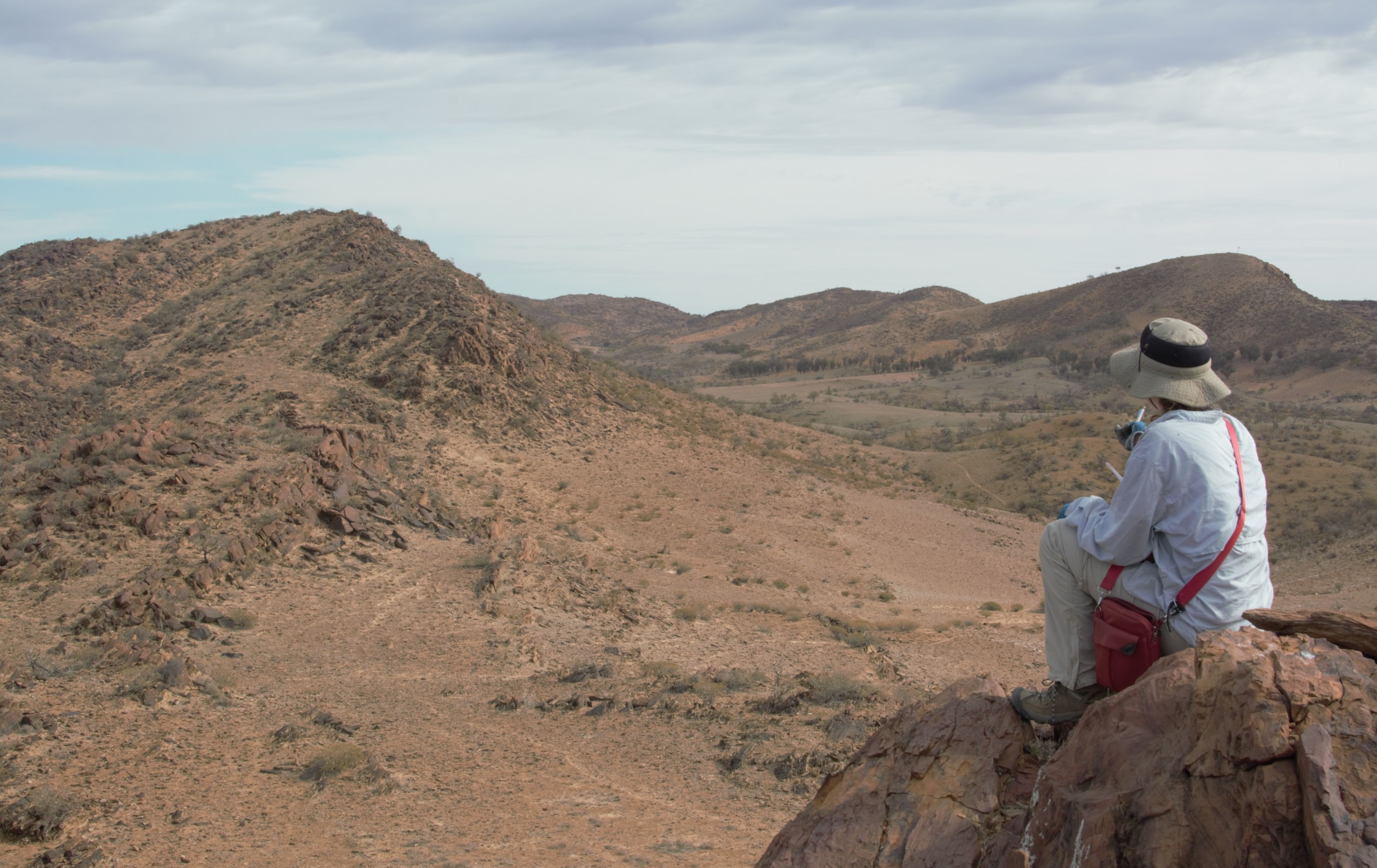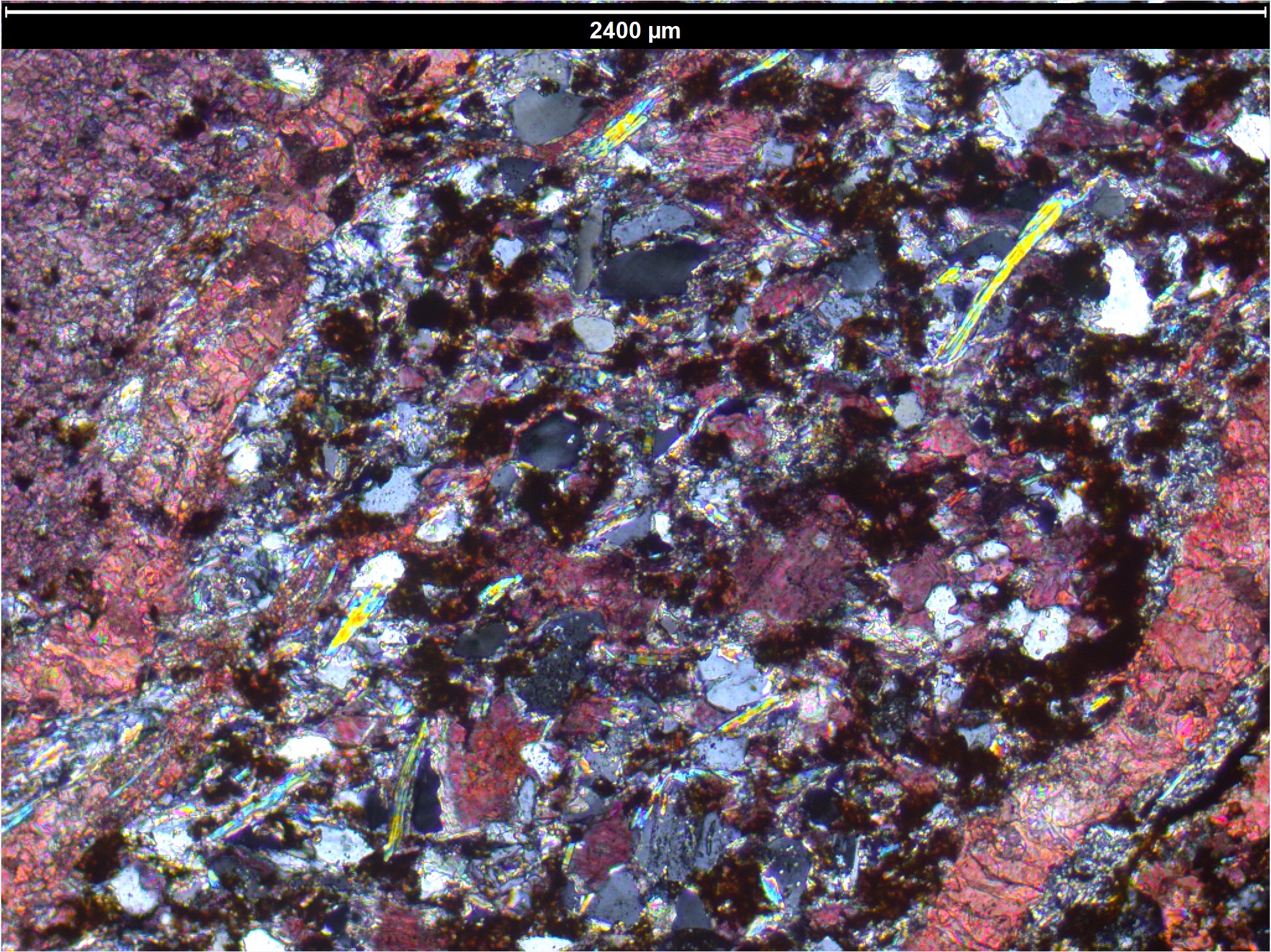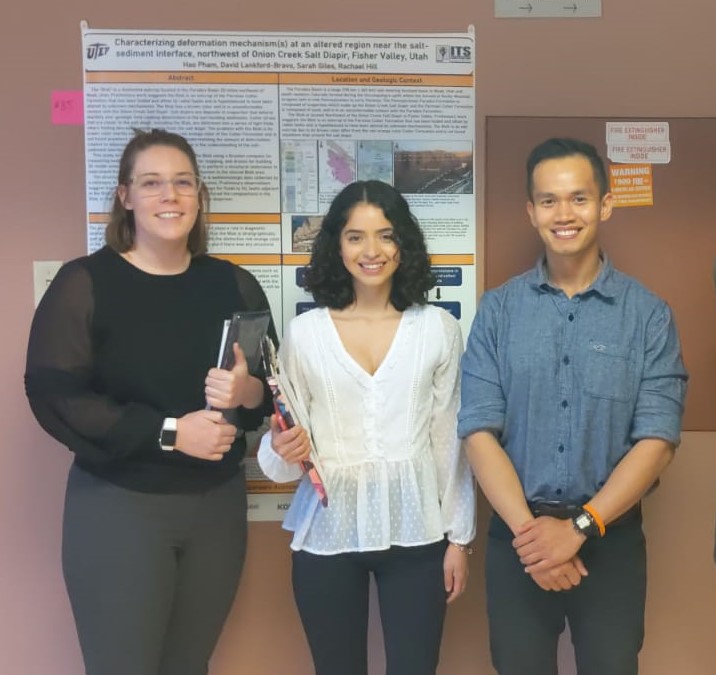The origin of Ediacaran paleocanyons: Subaerial or submarine?
Incisions cut from a stratigraphic level within the Ediacaran Wonoka Fm. in South Australia (~ 1 km deep canyons) and the Johnnie Fm. in California (~120 m deep canyons). These paleocanyons are broadly coincident with the Shuram excursion and the emergence of the Ediacara fauna. The origin of both incisions remains debated, and could have implications for the unknown origins of the Shuram and Ediacara fauna. My field research uses GPS-enabled tablet-based geologic mapping at sub-meter resolution on drone imagery and detailed measurement of stratigraphic sections to evaluate the physical stratigraphic framework of the incision fill.
